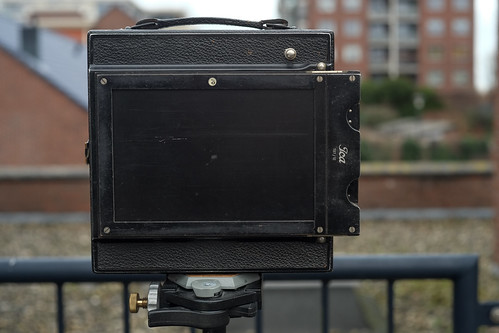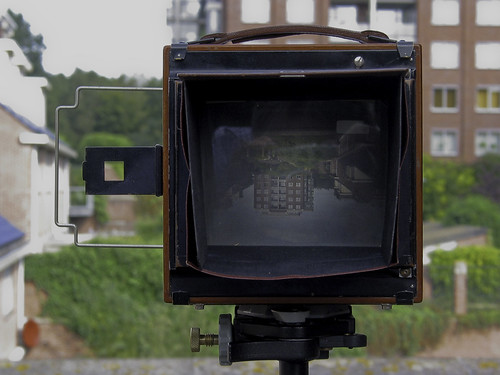
Originally Posted by
IanG

The adverts I have say the Favorit has double extension, which differs from the Juwel's Triple extension, there seems to be some muddling of what's a favorit or a Jewel they are so similar. Either way Zeiss sold them with a Double Protar but then also sold the Protar sets to fit as well.
I did my rough tests with a few post WWII lenses a couple of weeks ago, I'd like to see how a Protar behaves compared to a Tessar in terms of image contrast, flare etc, While I have prices for cameras with the two Tessars or Protar I don't have actual lens prices but adding a Protar instead of a Tessar was a very significant incfrease inprice I'd guess over twice the price of a Tessar though.
David-Lindquist hs been helpfil poining out AA had at least two Juwel cameras as well as a Linhof.AA must have thought the cameras worthwhile @D
Ian




 Reply With Quote
Reply With Quote




Bookmarks